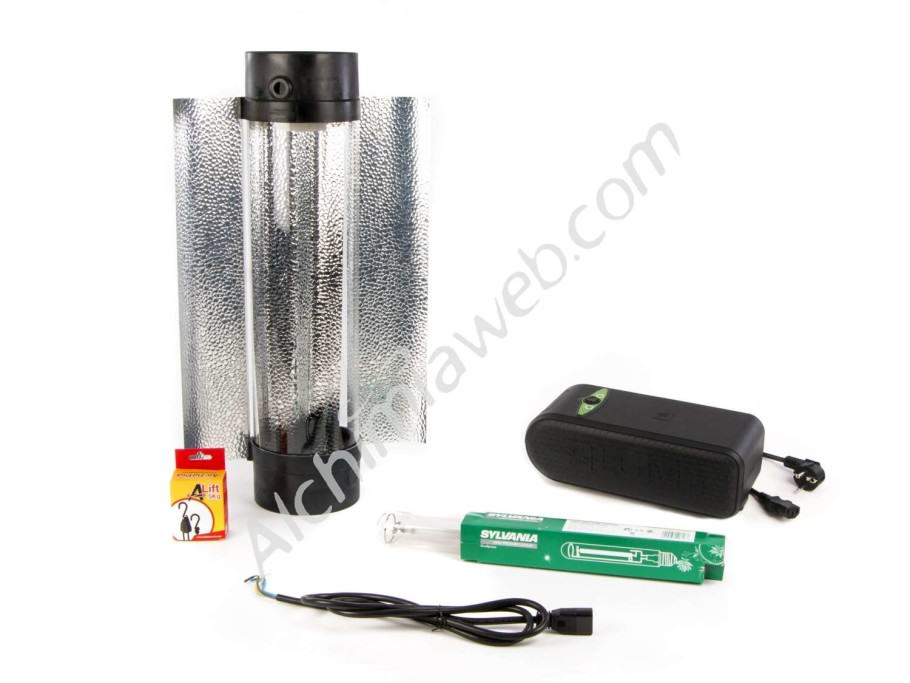Light Meters in Cannabis Cultivation
List of contents
A common mistake among many beginner indoor cannabis growers is that of not changing lightbulbs often enough, so while the first few crops are a roaring success, later grows, despite having all the same parameters, don't produce anywhere near the same quantity of buds. Why might this be? On many occasions it's because you are using a grow lamp with far too many hours of use behind it.
High intensity discharge bulbs, such as HPS, HM or CMH/LEC are, with use, gradually diminishing the amount of light emitted, so (although at first glance we may not realise it) after several crops we can find bulbs that are delivering half the lumens than when we first fitted them. In addition, at each phase of its development, the plant will require a maximum and a minimum of lumens to grow and flourish in a normal way.
In this article we will see how to use a light meter to measure how much light is emitted by our lighting systems, as well as the ideal range of light intensity for each phase of our plants development.
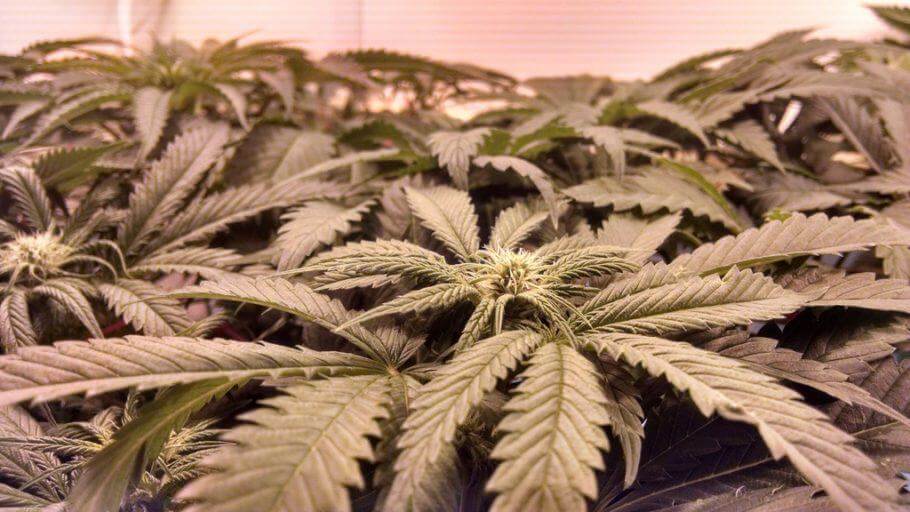
Light meters for cannabis cultivation
Light meters are devices for measuring the amount of light (in units called lux) in a given environment. They use a photoelectric cell that captures light and transforms it into electrical impulses, which are interpreted by the device and represented on the screen that the device usually incorporates. Of course, we can choose from the simplest models of light meter right up to the expensive PAR measuring equipment, although fortunately for our purposes we only need a relatively simple device like the LX1330B Luxmeter.
Using this device we can measure the amount of light (lux) that our plants actually receive, so we will always know how high to hang the grow lamps to get maximum performance from the crop, or if we have "dark spots" in the grow area. We can also see how the reflectors work at different distances from the plants, to achieve as homogeneous a light diffusion as possible. In addition, we will also the best time to replace the bulbs and keep providing our plants with all the light they need for explosive flowering, which will save us from any unpleasant surprises at harvest time (something that happens more often than you might think).
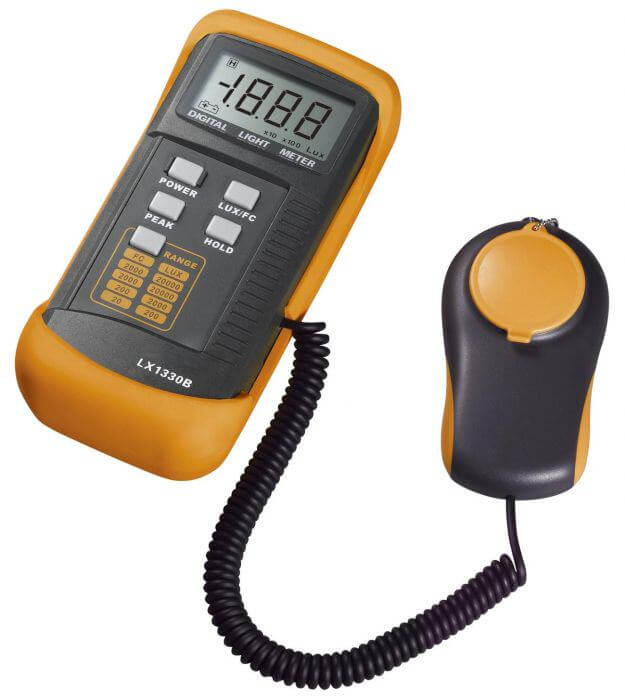
Finally, we can also make sure that we're not providing our plants with more (or less) light than they are capable of assimilating, something that usually results in developmental problems, especially in the most tender parts of the plant like the apical tips. In fact, too much light can really damage our plants, especially in the case of young seedlings or freshly rooted cuttings. On the other hand, if they don't receive enough light they will also have developmental problems, growing weakly and with a pronounced phototropism (stretching to find the light source).
Quantity of light for cannabis cultivation
When using a light meter, it's important to know the exact optimal light quantity ranges for each stage of plant development if we want to get the most out of both the device itself and the crop. As the cannabis plant develops, its needs in terms of quantity and colour (colour temperature) of the light will change, so it's up to the grower to meet these needs in terms of quantity and type of light in each stage if the aim is to get the best possible performance. Regarding the type of light, if you're not sure, we recommend the following article:
Types of grow lights for indoor cannabis cultivation
In this post we talk about the different types of lighting that can be used for growing cannabis indoors. Learn how, depending on the needs of each grower and the conditions, we can employ different lights depending on the stage of the plant's life and also know which of them is the most efficient in terms of power consumption.
Basically, and broadly speaking, cannabis needs a relatively low amount of light during the first days of life, although soon, upon fully beginning the vegetative phase, it will need a large quantity of lumens to develop to its full potential. During these two phases (seedling and growth phase) it prefers a light with a blue/white spectrum (HM, CFL, white LED...), while for the flowering phase, lamps with a more red/orange spectrum are usually used (HPS). These are the values that we recommend:
- Seedlings and cuttings: 5.000 - 10.000 lux, blue/white spectrum
- Vegetative growth: 15.000 - 50.000 lux, blue/white spectrum
- Flowering: 50.000 - 75.000 lux, red/orange spectrum
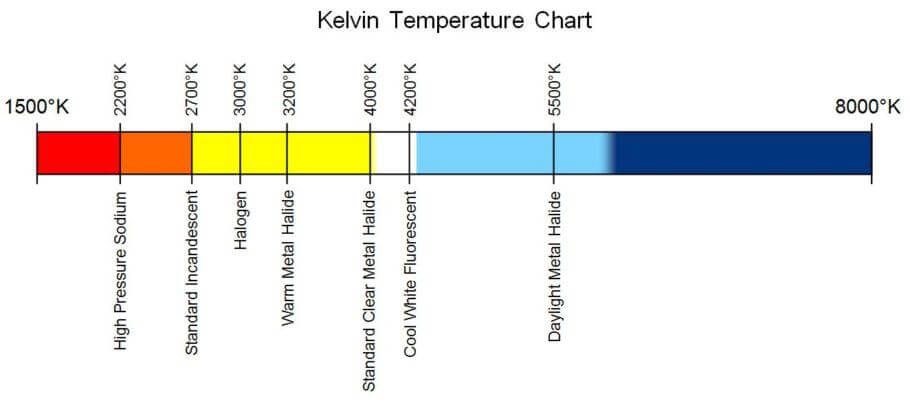
Sometimes, certain plants are especially sensitive to excess light, so using a light meter will be very helpful in determining the correct distance to which we should have the cultivation lamp with respect to the cups of the plants. The plants suffer if they receive too much light, turn yellow and acquire almost white tones, and in addition, the younger shoots can get "toasted", as sometimes happens when putting recently rooted clones under lighting equipment that's too powerful for such tender foliage and young plants.
Once we have found the correct distance, it's a good idea to take light readings from other points within the crop and not just directly under the lamp. This way we can see how the light levels decrease the further away we are from the centre of the grow tent, and how well our reflector distributes the light over the canopy. The objective is always the same: to place the lamp where most plants receive the correct amount of light, so we will get maximum performance from the crop.
Keep in mind that most light meters used in cultivation will not correctly measure the amount of light emitted by purple LEDs (red + blue), so if you're using this lighting technology we recommend to either trust the values provided by the manufacturer of your LED panel or acquire a light meter that can measure the illumination from this type of LEDs, although they are usually very expensive.
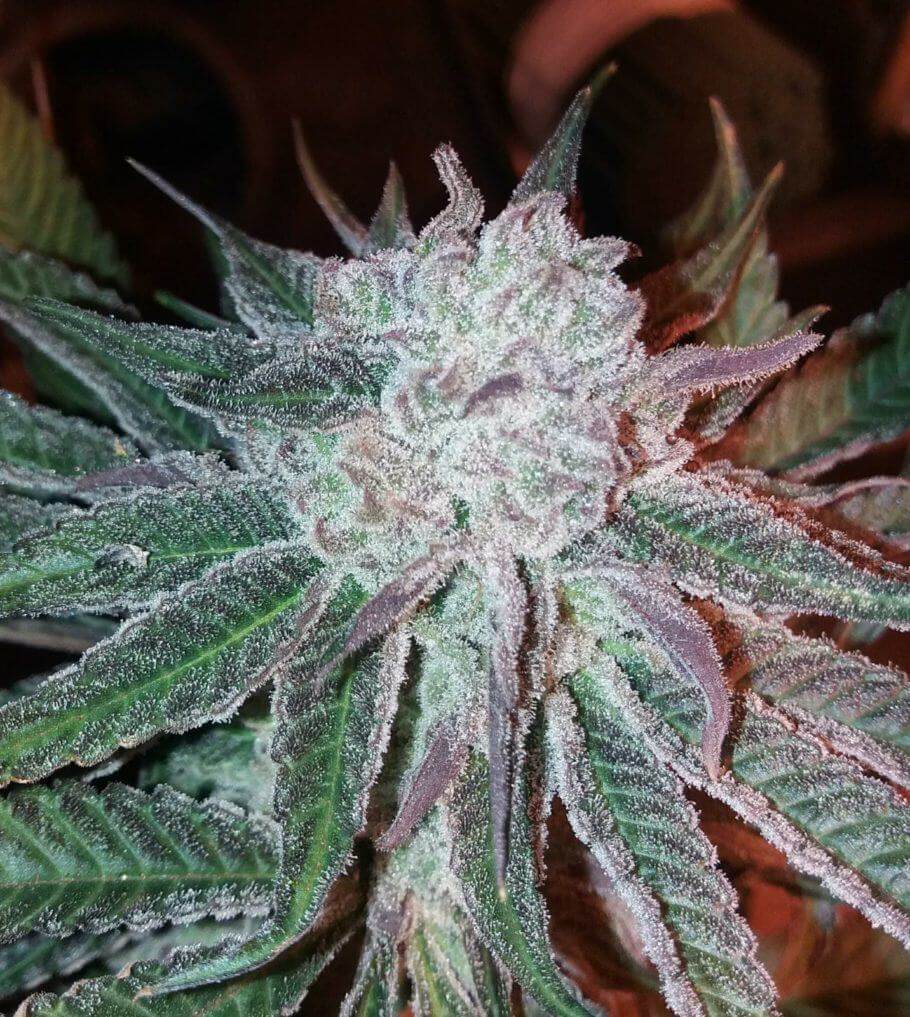
About lumens & lux
There is some confusion regarding the two terms, so let's finish off this article by clarifying both of these concepts. Lux is the derived unit of light measurement based on lumens and square metres. So, while a lumen is the unit of measurement of the luminous flux emitted by a source, a lux represents the amount of lumens per square meter, in other words, it's based on the amount of light (like the lumen) but also on the surface area that this light strikes. Thus, one lux equals one lumen per square metre.
1 lux = 1 lumen/m2
Don't hesitate to leave a comment with any doubts you might have, we'll be delighted to help.
Happy growing!

















































